Tyta luctuosa
([Denis & Schiffermüller], 1775)
-
 Subfamily: Metoponiinae
Subfamily: Metoponiinae -
 Wingspan: 20-24 mm
Wingspan: 20-24 mm -
 Flight period: May - Sep
Flight period: May - Sep -
 Spread: Common
Spread: Common -
 Host plants: Convolvulaceae
Host plants: Convolvulaceae
Information
Tyta luctuosa also called Four-Spotted is a moth of the Noctuidae family, subfamily Metoponiinae,
with wingspan of 20-24 mm.
Widespread in most of Europe with the exception of Ireland, Norway and Northern European Russia. *
Its range extends to Asia and North Africa.
In Italy it is also found in the islands. *
The base color of the front wings of Tyta luctuosa are dark brown with lighter streaks, sometimes with purple or dark blue shades and reflections.
A white band is clearly visible starting from the costa and ending at the third vein, beyond the cell, sometimes this band is shaded in peach color.
Hind wings dark brown, almost black with an evident elongated white band. The edge of the wings is fringed and colored white, with a corresponding brown area
of the median and cubital areas of all wings.
Head, thorax and abdomen are brown in color, with moderate hair, the abdomen has a series of lighter, almost white lines between the segments. **
It normally has two annual generations, one in late spring and the second in summer in the period between May and September ***.
In hot areas there is often a third generation.
Tyta luctuosa can be found in dry, sandy or chalky soil.
The female lays about 400-500 eggs. The caterpillar is very voracious and is the desired effect of this moth when used as a biological control agent against the bindweed.
It was introduced to the United States in 1980 to attack this agricultural weed, which is its main host plant.
The larva is a brown caterpillar with a light brown band running on both sides. Two large dorsal lines of brown color, clear tubercles. **
The pupae are amber brown.
The larva feeds on leaves and flowers, in particular new buds of Convolvulaceae in particular of Convolvulus arvensis.
* Lepidoptera mundi https://lepidoptera.eu/ - Fauna Europea https://fauna-eu.org/
** Bestimmungshilfe für die in Europa nachgewiesenen Schmetterlingsarten - http://lepiforum.de/
*** Roland Robineau, Guide de papillons nocturne de France, Delachaux et Niestlé, 2011 p. 100
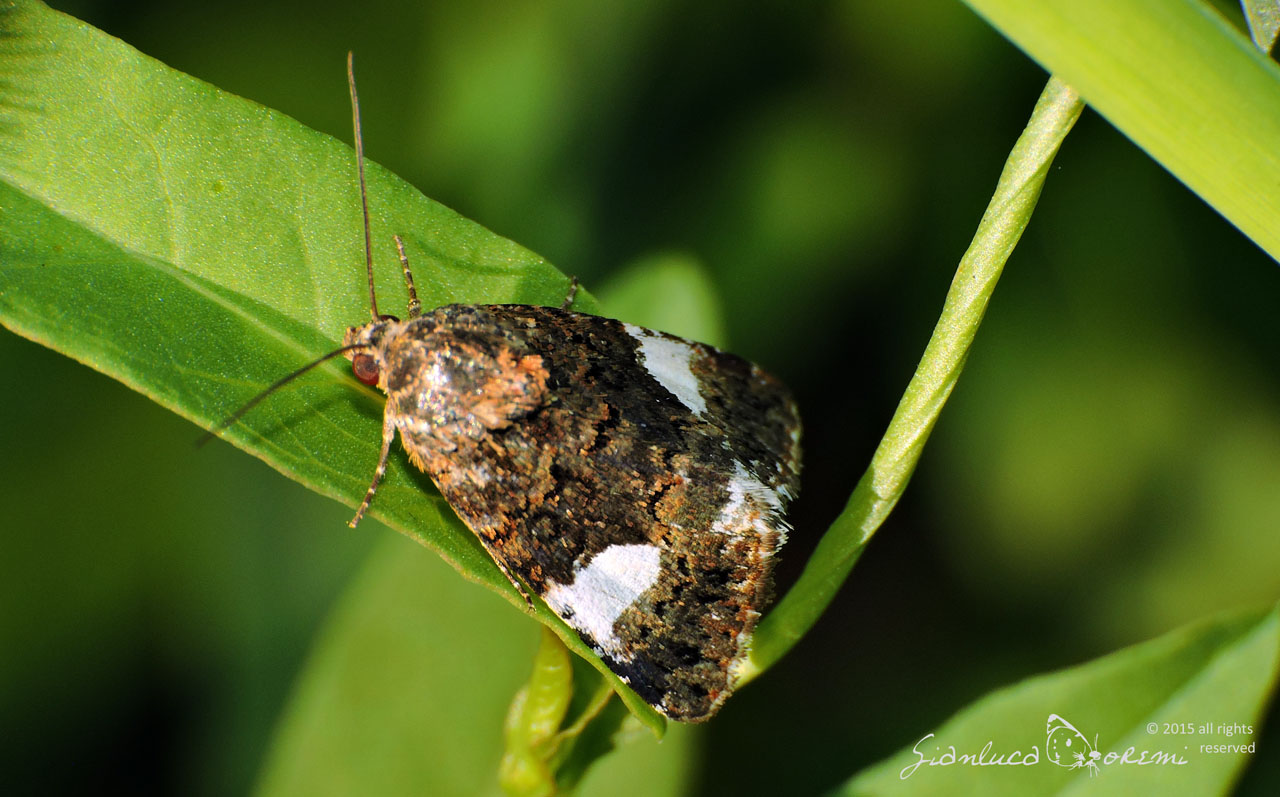

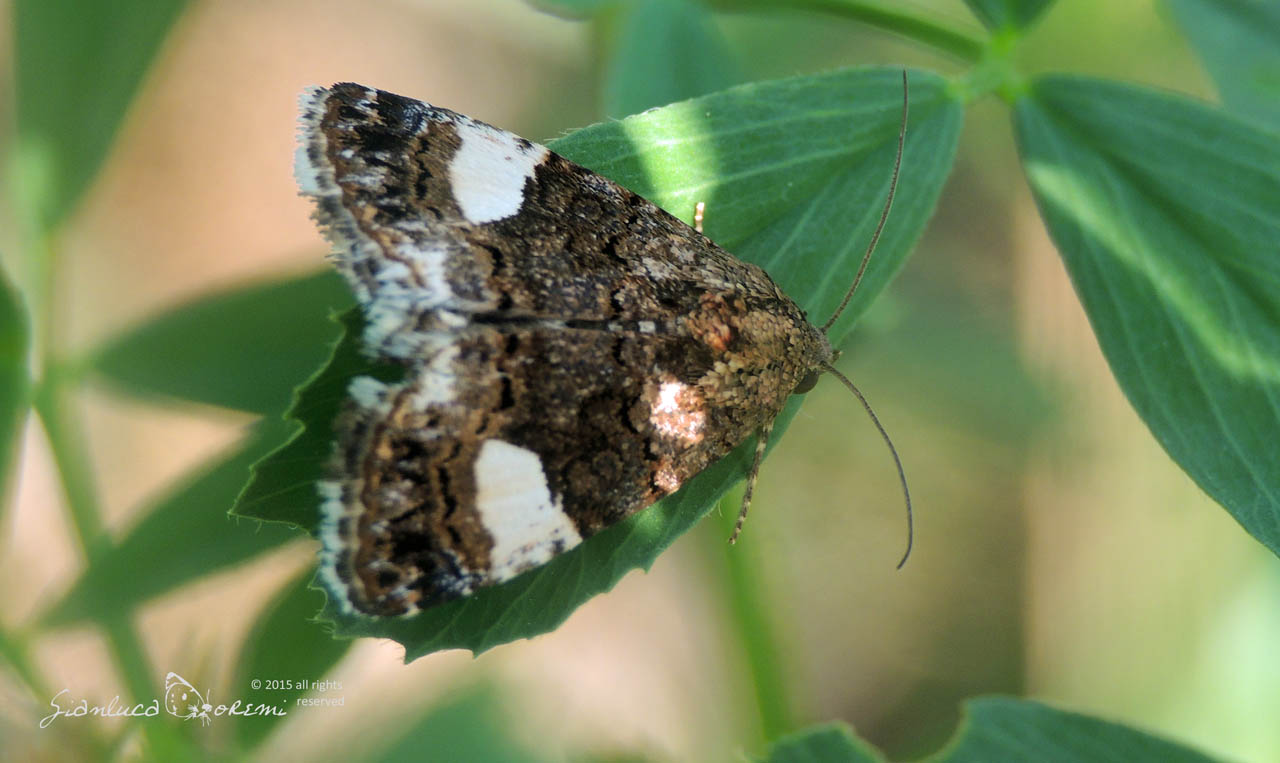

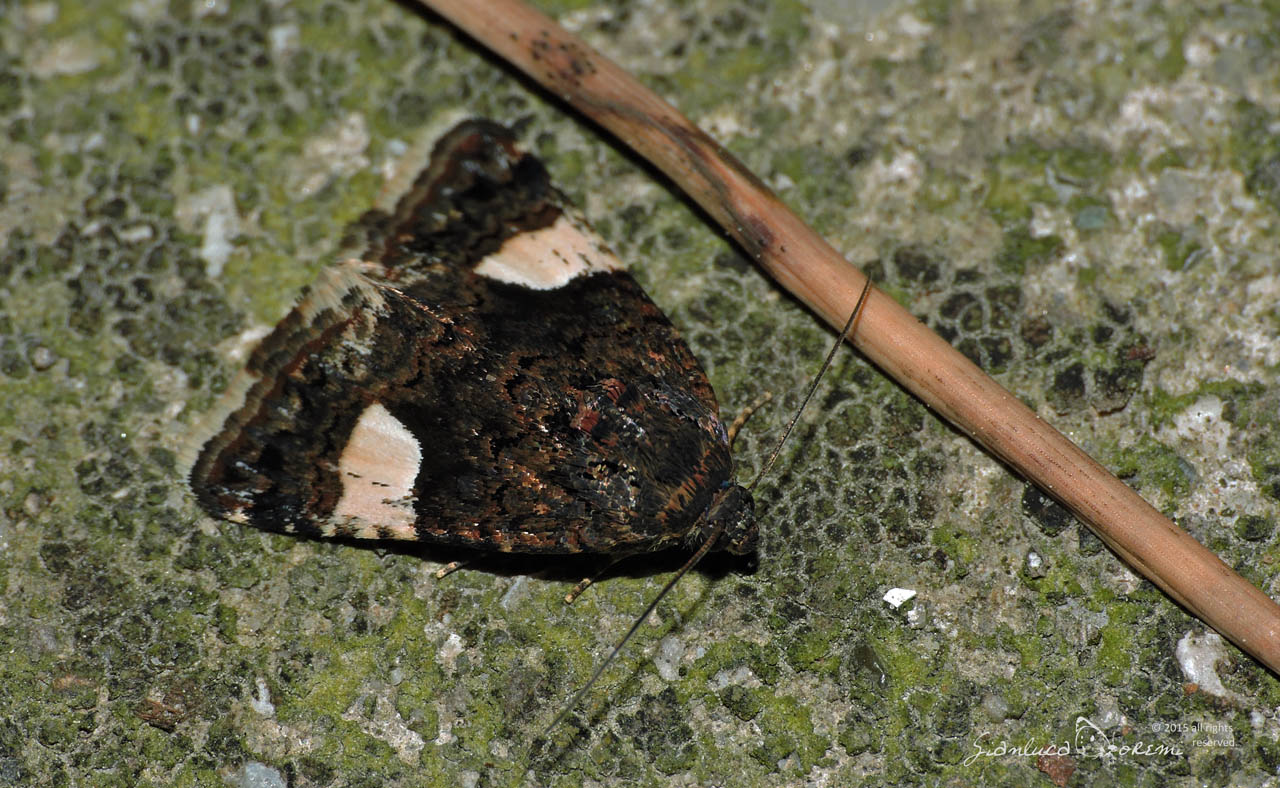
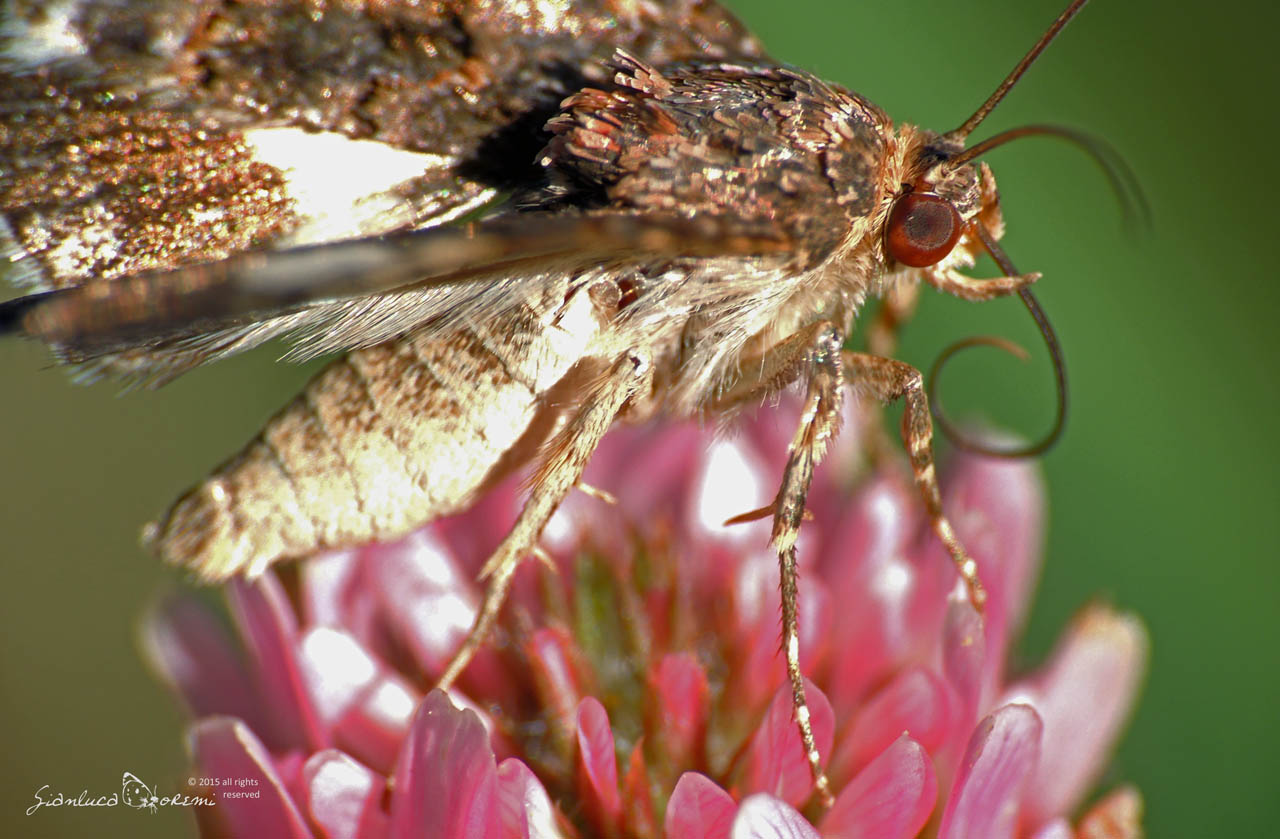

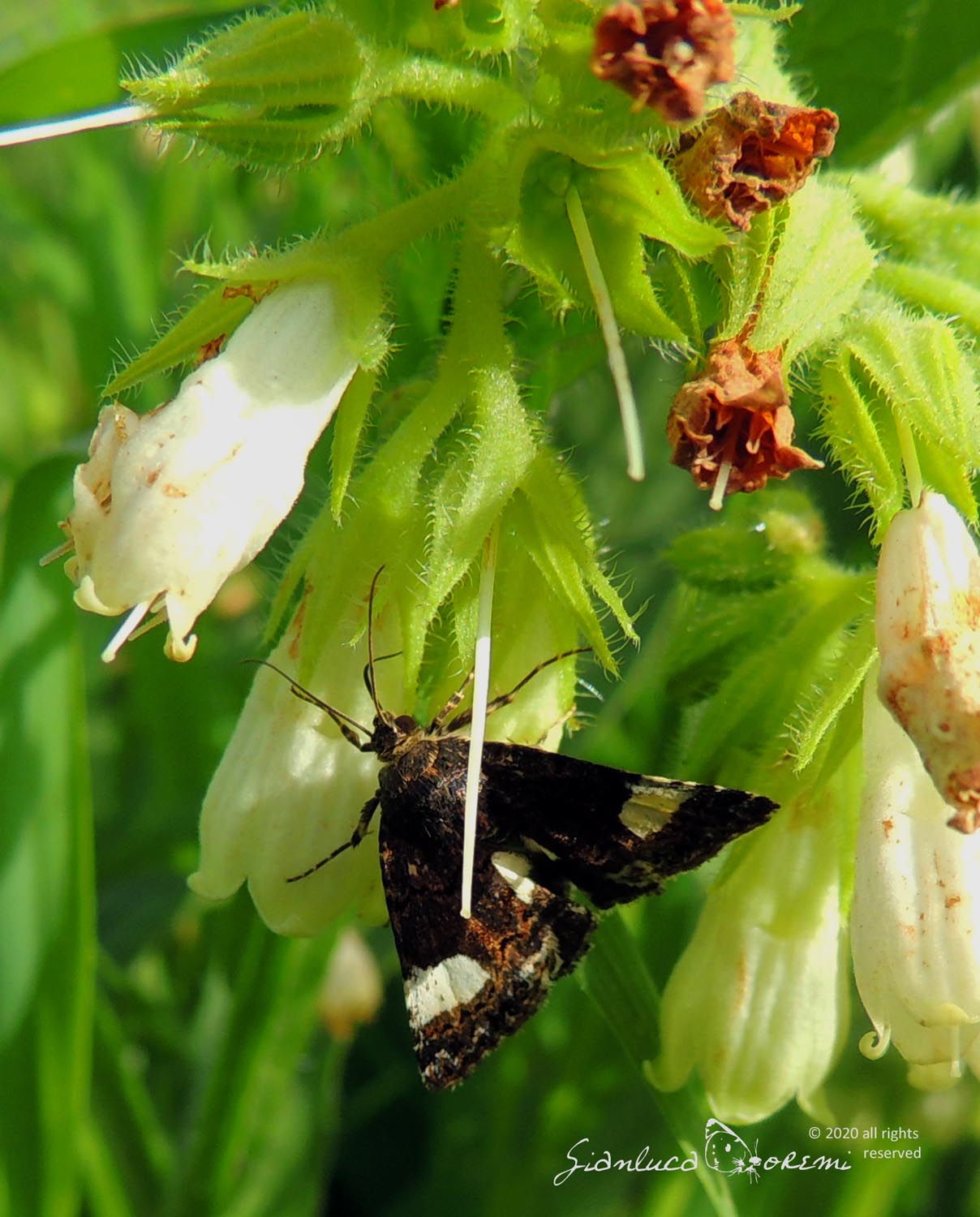
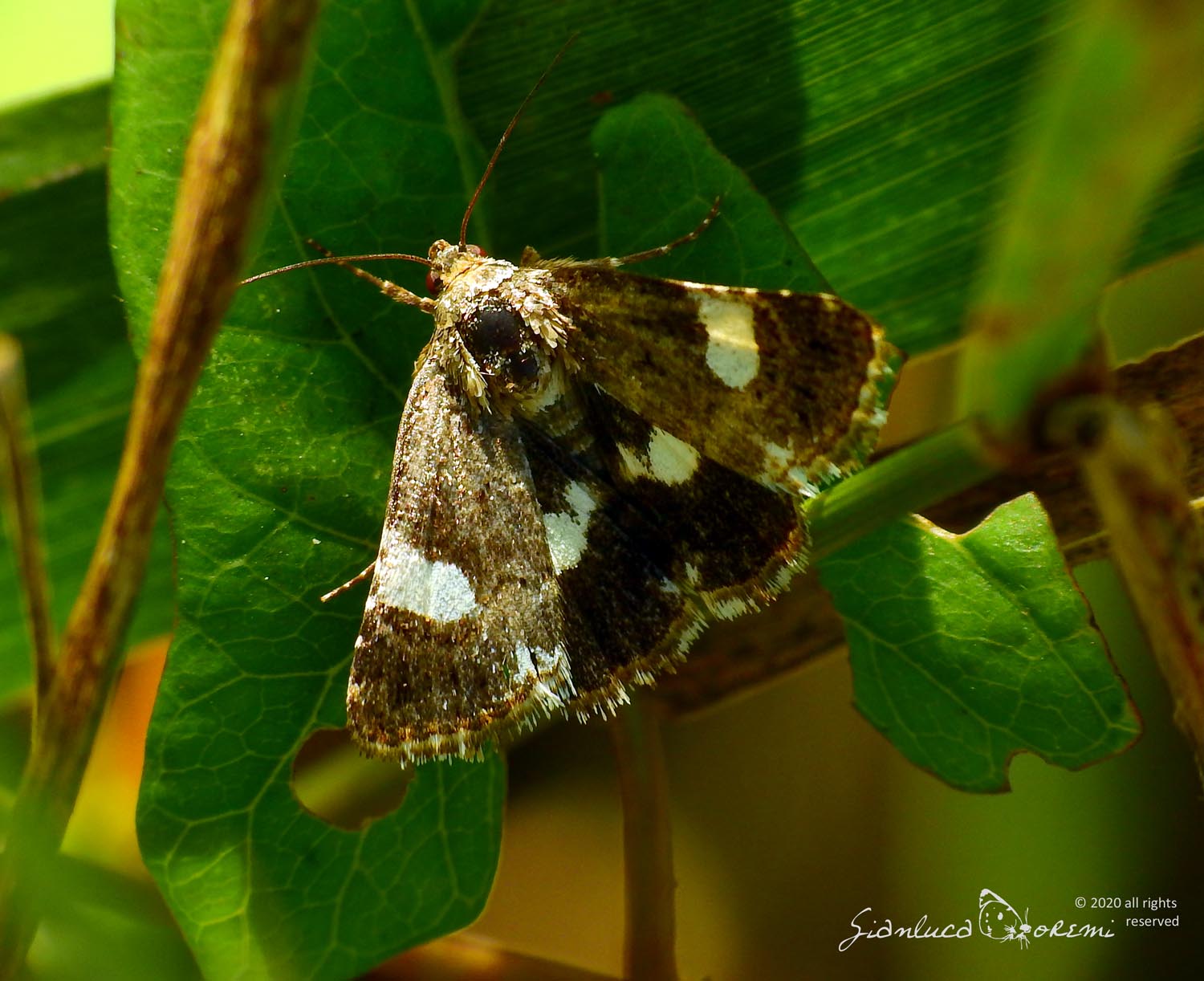
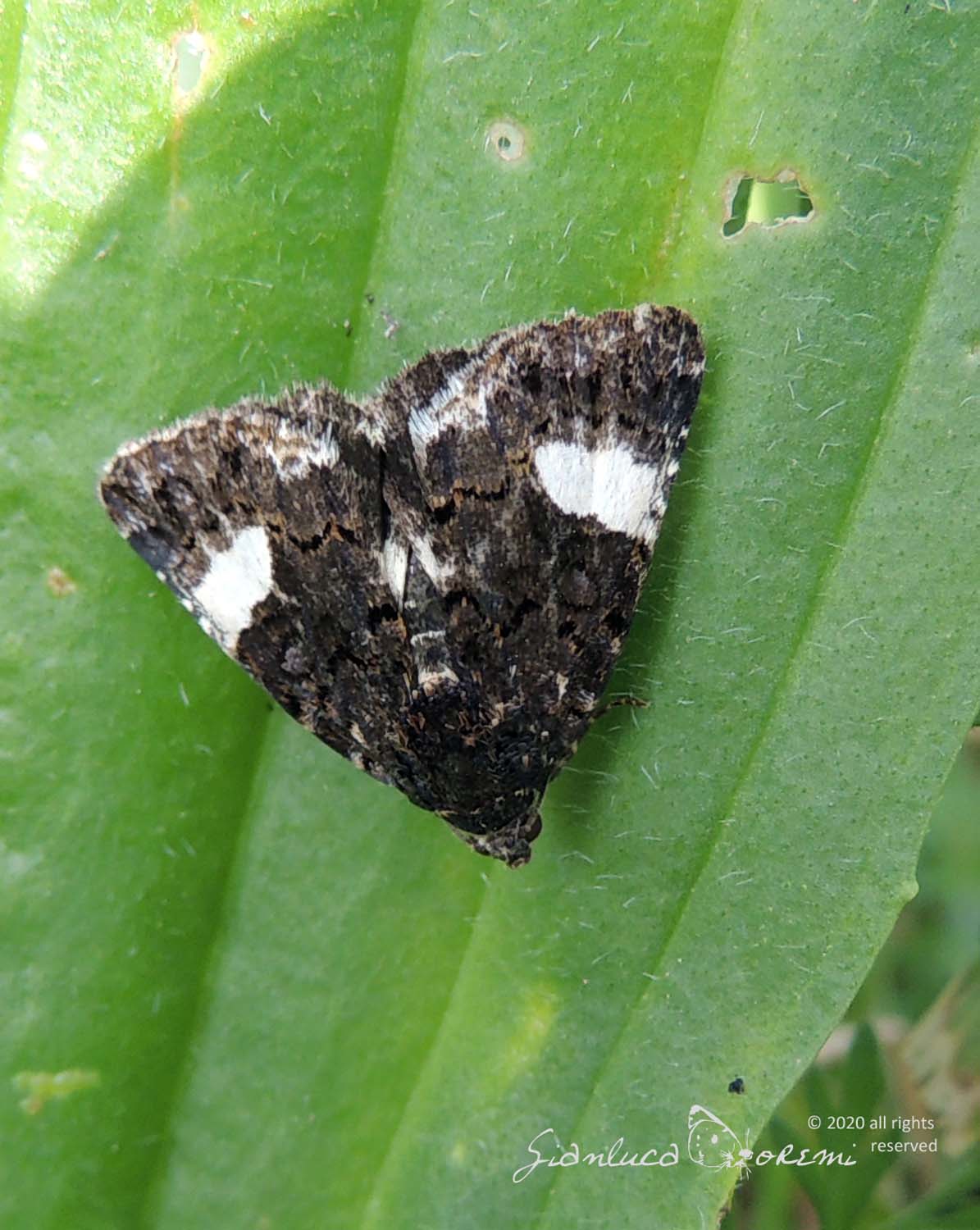
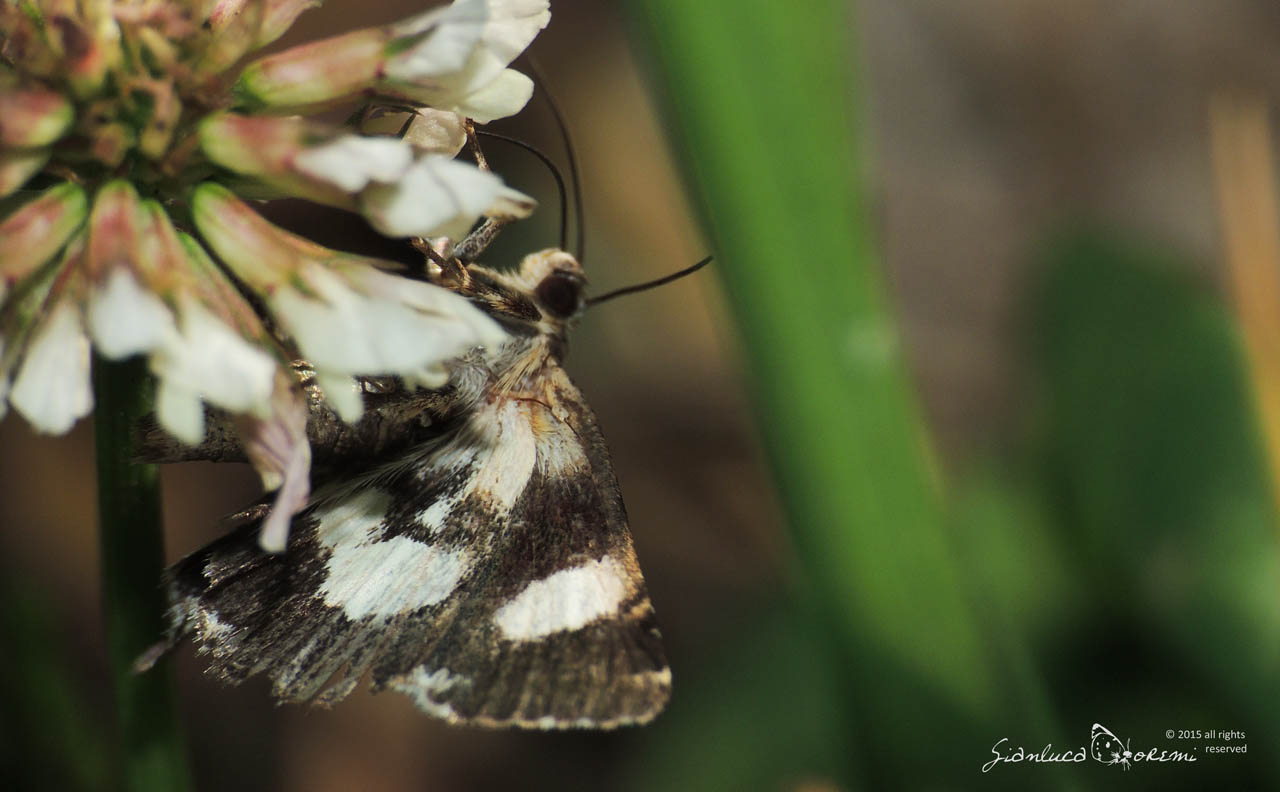

 EN
EN ITA
ITA
Social and publications